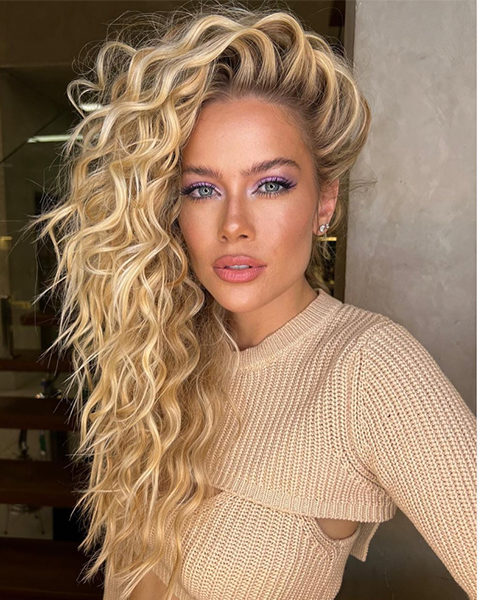Hair dye, traditionally employed to alter the color of hair, is emerging as a dual-action treatment that not only enhances hair color but also has the potential to kill lice. This unconventional use of hair dye taps into its chemical properties, offering a surprising yet effective solution to a common problem. The primary function of hair dye is to deposit color onto the hair shaft, transforming the natural hue to a desired shade. This is achieved through a combination of chemicals, including ammonia and hydrogen peroxide, which open the hair cuticle and allow the color to penetrate. However, these very chemicals also possess properties that are lethal to lice. Ammonia, a common ingredient in many hair dyes, creates an alkaline environment that lice cannot survive in. Moreover, hydrogen peroxide, known for its disinfecting qualities, can effectively kill lice by disrupting their respiratory system and damaging their exoskeletons. Lice infestations, particularly in children, are a widespread issue that often prompts the use of various over-the-counter treatments and prescription medications.

These treatments can be effective, but they also come with their own set of challenges. Many are harsh on the scalp and hair, causing dryness and irritation. Additionally, there is a growing concern about lice developing resistance to common treatment chemicals, rendering them less effective. In this context, the use of hair dye as an alternative treatment is particularly appealing. It combines the aesthetic benefit of hair coloring with a practical solution to a persistent problem, potentially reducing the need for separate lice treatments. The dual-action nature of hair dye offers several advantages. First, it provides a discreet method for lice treatment. Traditional lice treatments often involve the application of noticeable substances and the tedious process of combing out nits, which can be socially embarrassing, especially for school-aged children. In contrast, dyeing the hair is a socially acceptable and even fashionable practice that can seamlessly integrate into one’s routine without drawing unwanted attention. Secondly, the conditioning agents in many hair dyes can leave the hair looking and feeling healthier, counteracting the potential damage caused by the chemical components.
However, it is essential to approach this dual-action treatment with caution. Not all hair dyes are created equal, and the effectiveness of a hair dye in killing lice can vary based on its formulation. Semi-permanent dyes, for example, may not contain ammonia or peroxide and therefore might not be effective against lice and does dying hair kill lice. Additionally, repeated use of hair dye for lice treatment could potentially lead to hair damage over time. Therefore, it is advisable to use this method as a supplementary treatment rather than a primary one, and to consult a healthcare professional before trying it, especially for children or individuals with sensitive skin or allergies. Furthermore, while hair dye can kill adult lice, it may not be as effective against nits lice eggs, which are often more resilient. This means that while dyeing the hair may provide immediate relief from active lice, it might still be necessary to follow up with traditional methods to ensure complete eradication of the infestation. Using a fine-toothed nit comb to remove any remaining eggs and continuing to check for lice over the following weeks can help ensure that the problem is fully resolved.